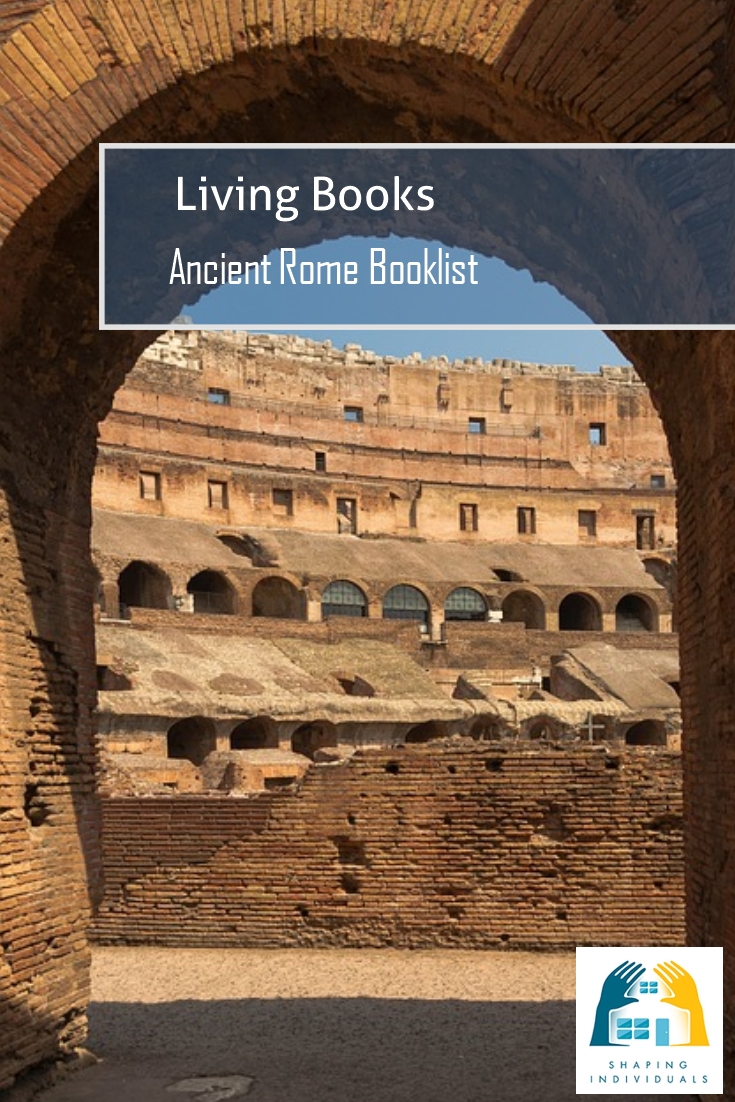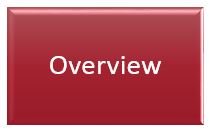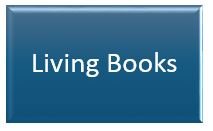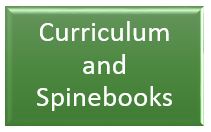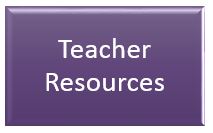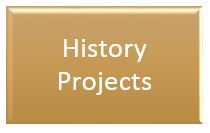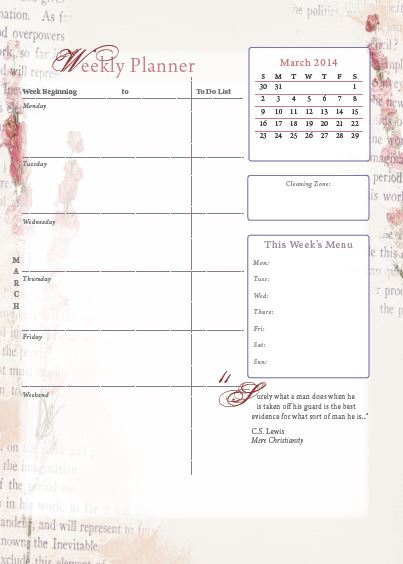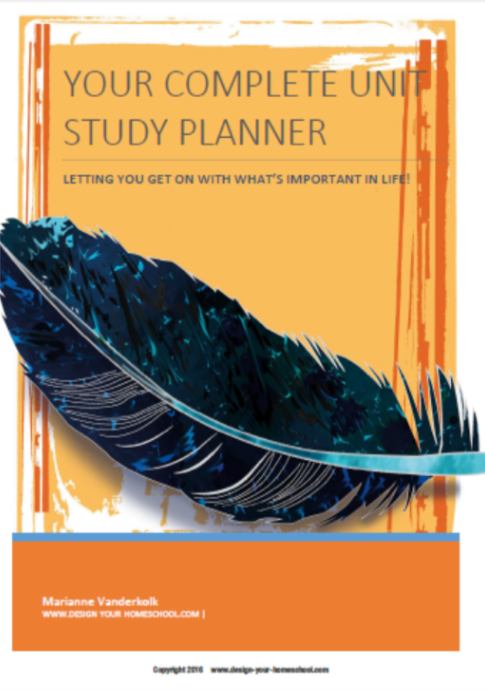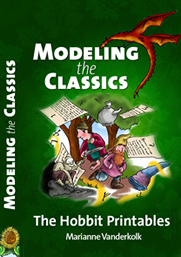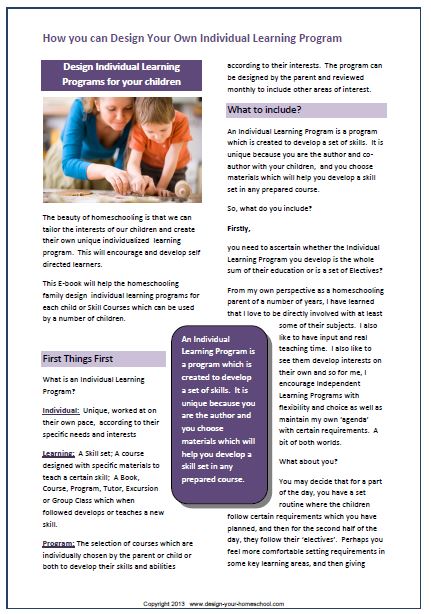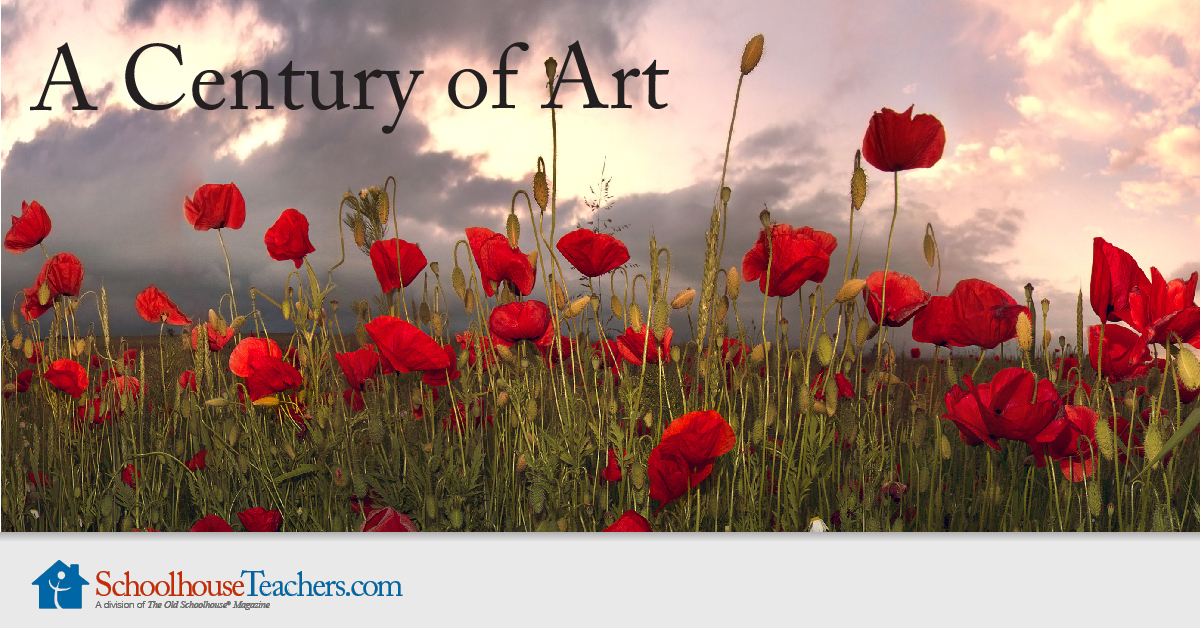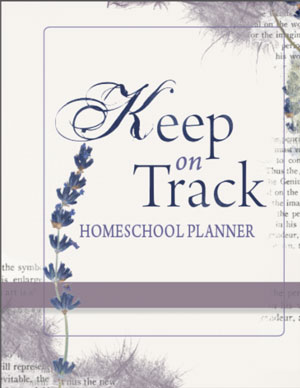Homeschool History Teacher Resources for Ancient Rome
Prepare yourself with some excellent Teacher homeschool history resources for studying Ancient Rome. Here you will find resources which the parent/teacher will want to reference, use as a spine book as well as pass on to the older students as good reference materials.
Further on the page, you will find Historical Sources such as Life of the Caesars and Plutarch's Lives - places where the students can read the primary source material as they pursue a deeper understanding of Ancient Rome.
Teacher Homeschool History Resources
One essential homeschool history resource on your bookshelf is a Cultural Atlas of Ancient Rome.
Cultural Atlases are really useful for whatever time period your family is studying. They help you have the big picture of the time period, look at the geography for the region, the customs, the religion, architecture and so on.

The Cultural Atlas for Young People by Mike Corbishley has been our family's favourite.
Some families prefer the Penguin Historical Atlas of Rome.
Streams of Civilization (Volume 1 & 2) are excellent reference books. We have also used this series with our older children as their own spinebook. They have read and summarized from this book as well as used this to write essays and do extra research work.
More about how to use spinebooks when teaching history.
One of our most used history books over all the years - is the Kingfisher History Encyclopedia. I really recommend this as an absolutely essential homeschool history book which can be used as an overview of all time periods!
Primary Sources for Teaching Ancient Rome
Teaching the history of Ancient Rome or any other time period is best when reading the primary sources of the time period. These books can be used by the parent and older students who can read them, place them into their historical context and setting.
Jessie Wise and Susan Wise Bauer in "The Well Trained Mind" say that when a student encounters a primary source, he needs to evaluate it. Here are some questions they suggest to begin a study of the primary sources:
- What does this primary source say? (Content)
- Who is the author? (social position, profession, political affiliations, age, any other relevant detail)
- What is the writer's purpose?
- What does he/she have to gain by convincing others of his/her position?
- What events led to this piece of writing?
- What happened as a result of this writing?
Answering those questions on each primary resource will be a great way to understand the content, context and purpose of the material and give a deeper understanding to the writing.
Ancient History from Primary Sources: A Literary Timeline - Book and CD-ROMs by Harvey and Laurie Bluedorn from Trivium Pursuit is a great resource which lists the primary sources and gives an overview of the primary sources in Ancient Times. It's the next best thing to being there! Spanning creation to the fall of Rome, and covering Augustine to Zeno, this textbook/timeline/primary source library outlines the major events and personalities from antiquity.
Another masterpiece of primary sources is the The Annals of the World: James Ussher's Classic Survey of the World, Book and CD-ROM
Spanning creation to A.D. 70, Archbishop Ussher's 17th-century masterpiece recorded world history---and made it! Now his influential classic is available in modern English. Completely indexed, precisely dated, and filled with fascinating historical detail from the ancient world, it's a must-have reference for your library or classroom. Includes a CD-ROM of Ussher's chronology. 960 pages, slip-cased hardcover from Master Books.
More great primary source books for Ancient Rome are:
- Josephus, The Essential Writings
- The Aenied
- Life of the Caesars by Seutonios
- Plutarch's Lives
- Plutarch's Lives Volume 2
